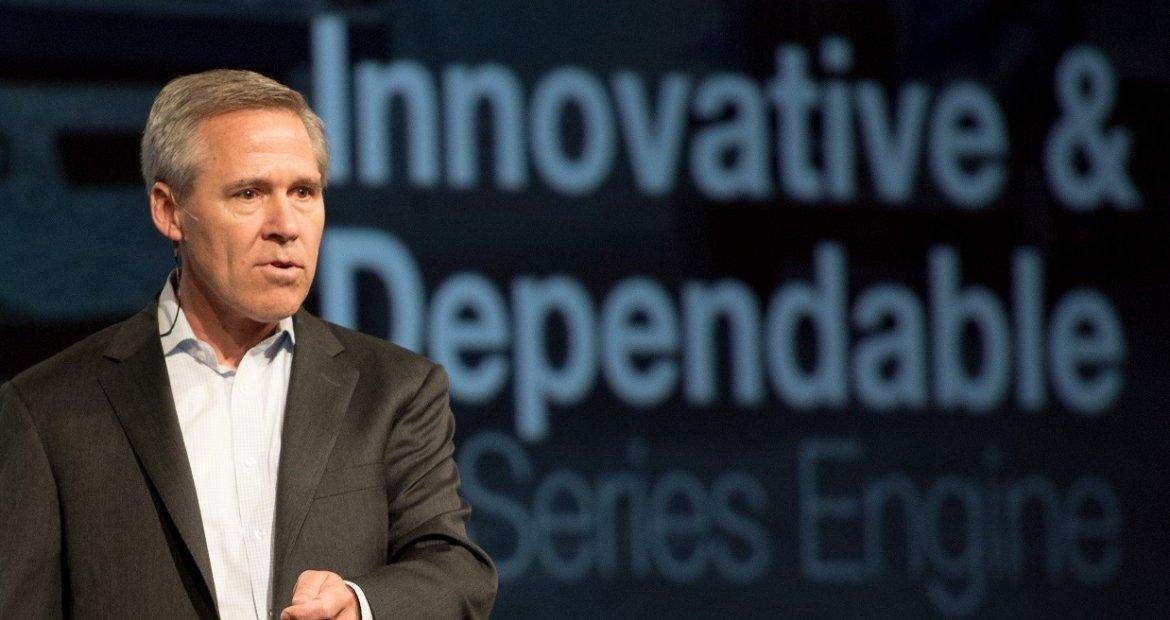Cummins Leader Calls for Continued Innovation in All Technologies to Reach Environmental Goals

Innovation in both internal combustion and alternative technologies is the best way to achieve important environmental benefits today and a carbon-neutral future, a Cummins leader told a U.S. Senate committee Tuesday.
Vice Chairman Tony Satterthwaite testified that advanced internal combustion engines can achieve immediate reductions in air pollutants and carbon emissions while the infrastructure and manufacturing scale develops for low-carbon technologies like battery and fuel cell electric powertrains.
“The future of power requires multi-faceted innovation,” Satterthwaite told a hearing of the Senate Energy and Natural Resources Committee. “Our customers need the right vehicles and equipment to do their work today and in the future.”
With an eye on the future, Cummins has been making a significant investment in battery and fuel cell electric powertrains, holding its first Hydrogen Day in 2020 to showcase for nearly 2,000 analysts, media members and potential customers, the company’s progress with products using the promising low-carbon fuel.
But experts say the conversion to low-carbon technologies won’t happen overnight. It will take time, for example, to develop enough refueling and recharging stations for widespread adoption. Satterthwaite said there are environmental benefits that can be achieved today with existing technologies such as advanced diesel and natural gas engines as the infrastructure develops for low- and no-carbon powertrains.
Over the next decade, high efficiency internal combustion engines with mild hybridization and low-carbon fuels can reduce both carbon dioxide (CO2), a major greenhouse gas (GHG), and criteria pollutants while providing customers with performance, reliability, and affordability.
Advanced internal combustion engines would enable the country to make significant progress on issues like climate change as the necessary government investment ramps up to achieve widespread adoption of low- and no-carbon platforms, Satterthwaite told senators.

